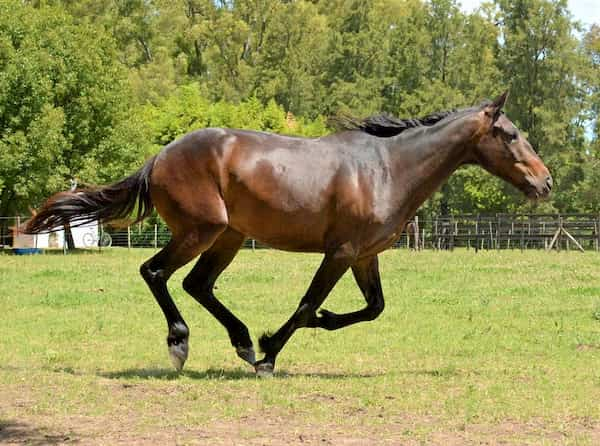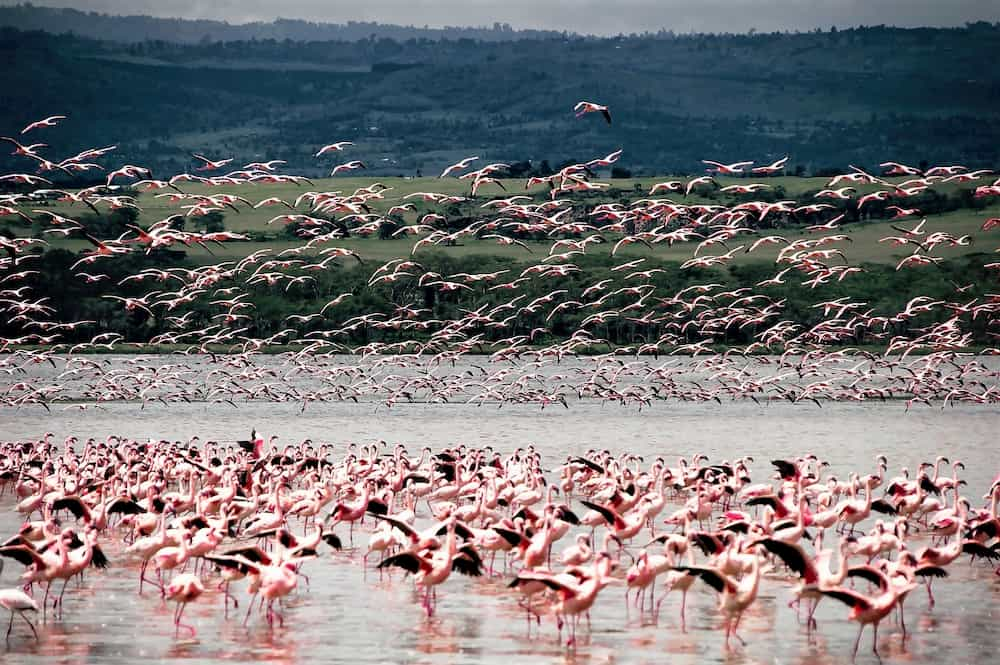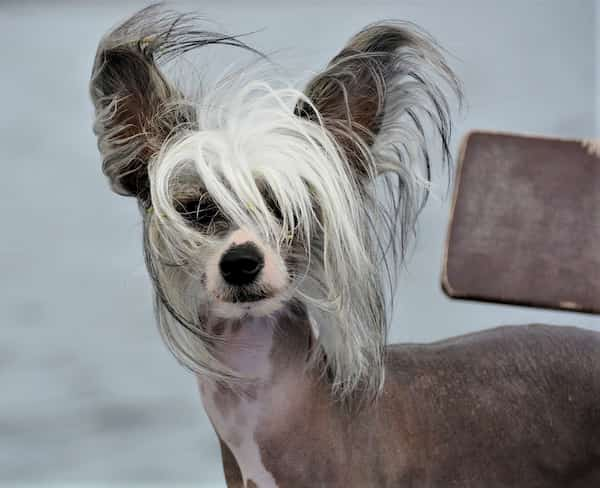Do dogs have sweat glands on the tongue? Is it the evaporating sweat that cools the dog?
How does a dog keep its cool?
Do dogs sweat? The dog is completely covered with fur. That is one of the things that make it so cuddly and cute. Well, there are hairless dog breeds. In fact, at this time there are three recognized dog breeds without fur: The Chinese Crested Dog, the Xoloitzcuintli, and the Peruvian Inca Orchid. But all the rest have fur… Long, short, curly, straight, and wire-haired.
Fur can keep the cold out. But it can also keep the heat out. But if you opt for sweating as a way to control your body heat, you will inevitably run into problems. When your whole body is covered with hair, you will have to invent something else. So, dogs use practically two cooling systems. One is under the paws and the other is in the mouth.
Do dogs sweat?
The cooling system under the paws is much like ours. The dogs do sweat, and the sweat evaporates. To evaporate it absorbs energy from the skin, and the temperature decreases. Exactly the same as with us humans. But the paws of a dog are small and insufficient and they are not enough to regulate the body temperature.
The second way is to pant. And here we have the myth about them sweating through their tongue. No, dogs don’t sweat through the tongue. There is no need for it. On the tongue and in the mouth there is quite enough moisture to function as an evaporator, exactly as the sweating system. And the effect is exactly the same.
If you notice the dog opening its mouth, it’s beginning to feel hot. As the temperature rises, it will start panting, faster and faster until it’s pushing and pulling like a steam engine. At this point, the moisture has become rivers of saliva and it can be quite a sloppy experience, at least with certain dog breeds.
Dogs can suffer badly from overheating though.
These systems are not as efficient as our whole-body-sweating plant, though. A dog can suffer badly from overheating. They can even die from too much heat. The classical and very tragic cases are dogs left in cars. Many people do not realize that the inside of a car can reach 60-70° celsius ( 140-160* Fahrenheit) on a hot summer day. Even after 10 minutes, the dog can start showing symptoms of overheating and dehydration. And it can die from a heart attack if time is prolonged and the dog isn’t assisted.
The problem here is often that the driver doesn’t remember about the dog. If you absolutely have to leave your dog in the car, the rules are:
- Park in the shadow
- Lower the windows
- Limit the time the dog is alone in the car
- Leave a bowl of water for your friend
The summer can be a hard time for a dog. And if the temperature is tropical, and the heat is unbearable, even our four-legged friend needs some attention in the hot season. Avoid long walks and if you still have to go, plan for plenty of rest. No running, plenty of shadow and lots of water to drink and to play in.
 But what about the other animals?
But what about the other animals?
Every child of mother nature has its own strategy. Many animals are poikilotherm and they skip this problem more or less altogether, as their body heat adapts to the surrounding temperature. These are most reptiles, insects, fish, spiders, snails, amphibians, and others. Actually, most animals on earth are poikilotherm.
Among homeotherms, the animals who maintain a constant or close to constant temperature inside, no matter the temperature of the environment, there are various ways to affront the temperature problem.
Dogs do not sweat very much, but other animals do.
Primates have sweat glands all over the body, just like we do… And horses. If you’ve ever seen a horse after a race, you know what I’m talking about. It’s all wet.
Pigs roll in the mud. The water in the mud evaporates and cools the skin. After that, the hard mud protects against the hot sun. Hippos do the same and they also emit a red-orange secret to protect the skin against the ultraviolet rays of the sun. That’s another myth… Hippos don’t sweat blood. It just looks that way.
If you don’t sweat and don’t have water, you can use other wet substances. Feces, urine, saliva… Well, it’s gross but still true. Some birds use a mixture of urine and feces on their legs to cool them off.

Many other birds have very superficial blood vessels on their legs and they can cool the blood by flying or standing in water.
Kangaroos have superficial blood vessels on their arms. When it gets hot, they simply lick their forearms and let the sun evaporate the saliva. (That’s a good trick even for us. Put your pulse under running cold water and you will immediately feel relieved.)
Some dessert dwellers have very big ears. Cooling the blood through vessels just under the skin is good economy in an environment where there is no water.
… And stay in the shade.

Apart from all the interior tricks, we still have the classical wind, water, and shade. Jumping into the cold water on a hot summer day is a bliss. And resting in the shades of the Acacia tree on the Savannah is a good way to keep cool… As is getting up on the hillside where it’s windy.
Then, of course, a good air conditioner…D
Conclusion
No, dogs do not sweat through the tongue. But they pant and the panting creates a heavy current of air, the saliva evaporates and cools the dog.

sources
- Hill’s / Do Dogs Sweat? How Your Dog Keeps Their Cool
- Wikipedia / Poikilotherm
- Wikipedia / Homeothermy
- L.A. Zoo / How do animals keep cool?
- Wonderopolis / Do animals sweat?
Do dogs sweat Do dogs sweat Do dogs sweat Do dogs sweat Do dogs sweat
